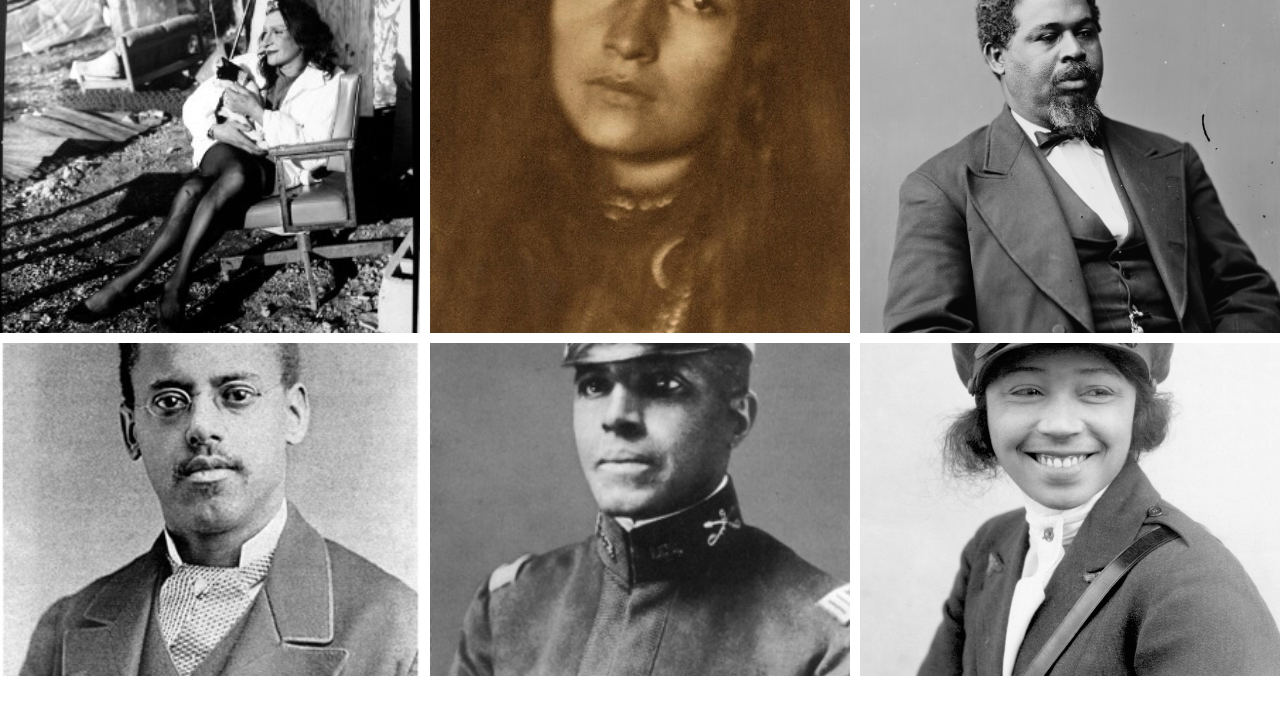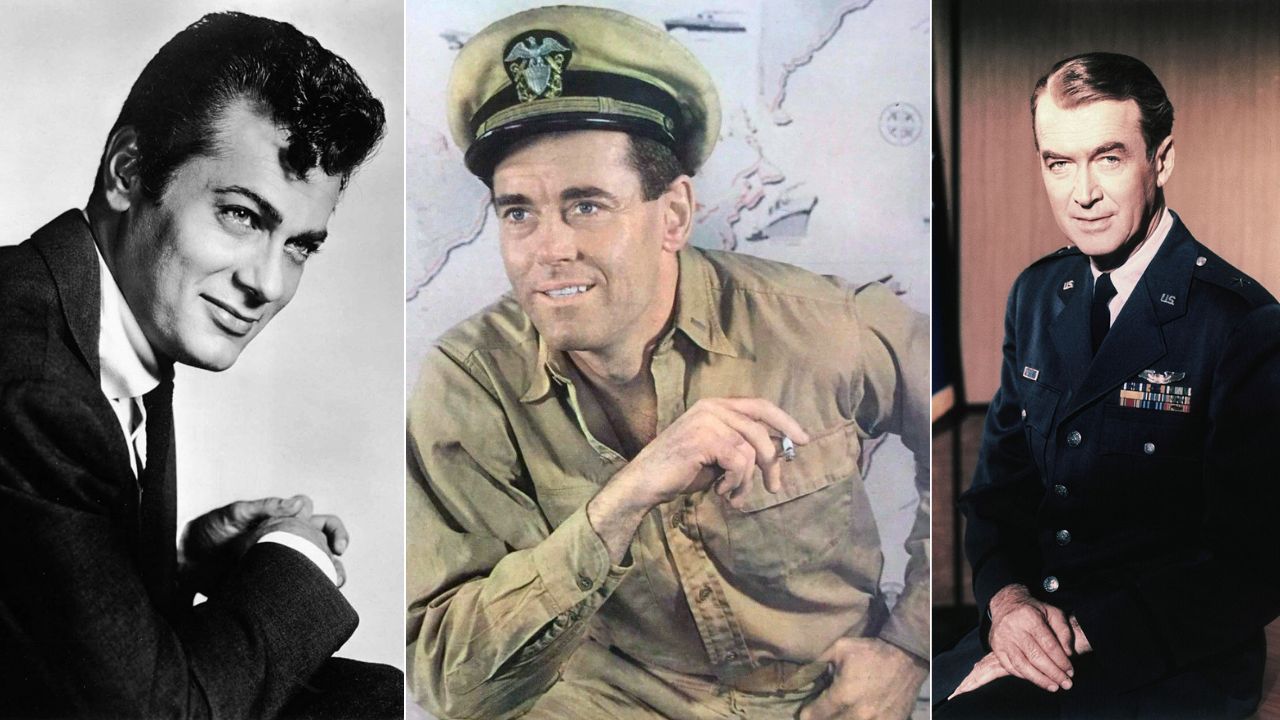The Revolution was never only about famous generals. It was made daily by riders who beat the clock, sailors who fought rivers and ice, and agents who walked into danger with steady eyes. Their names rarely reached city papers, yet their choices tipped balances at the right hour. What this really means is that independence came from layered courage. Look closely and the war feels human again, built from grit, clever timing, and ordinary people doing the hardest possible thing.
James Armistead Lafayette
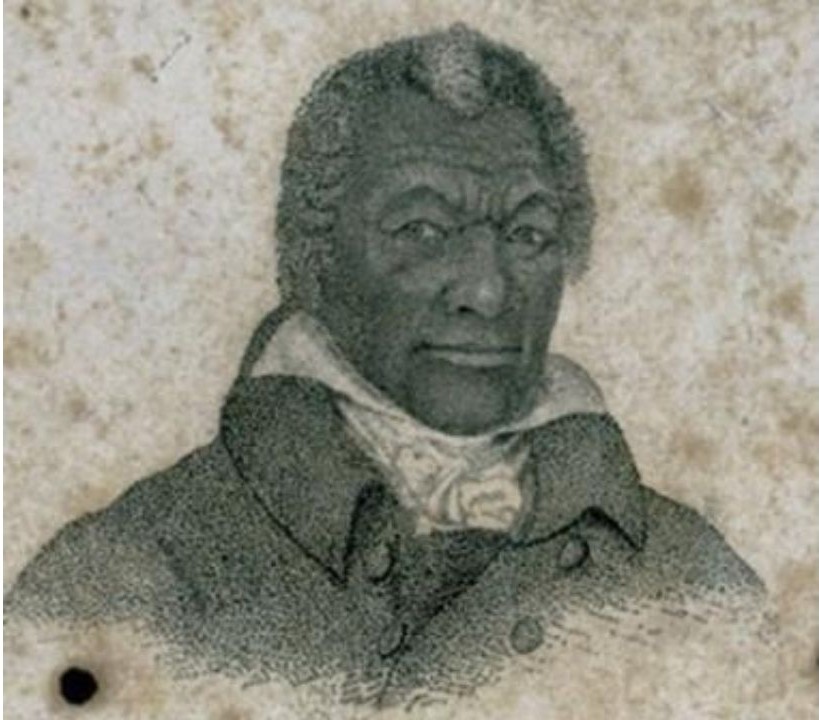
An enslaved Virginian posing as a runaway, James Armistead slipped into British camps in 1781 and earned the trust of Benedict Arnold and Lord Cornwallis. He carried British plans to the Marquis de Lafayette and fed the enemy false trails. Those reports helped set the trap at Yorktown and close the war’s final vice. Virginia granted him freedom after peace, and he took Lafayette’s name, a quiet seal on a partnership that reshaped the last act of the struggle.
Sybil Ludington
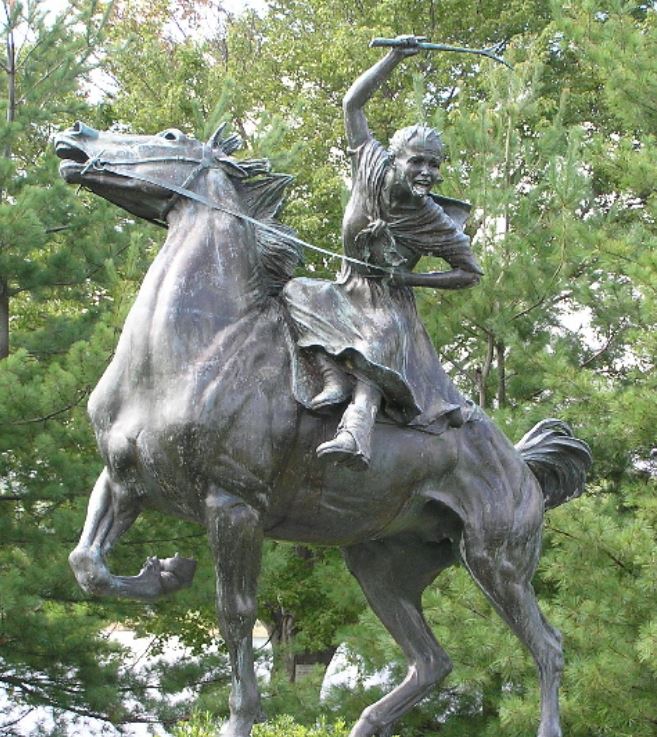
At 16, Sybil Ludington rode through rain and mud on Apr. 26, 1777, waking scattered militia across Putnam County after the British struck Danbury. Lantern by lantern, farm by farm, she drew men to her father’s command post and harried the enemy’s retreat. The ride covered roughly 40 miles in the dark, longer than better known journeys, and it mattered. It shows how the fight often turned on local nerve, a fast horse, and the will to spend a night.
Bernardo de Gálvez
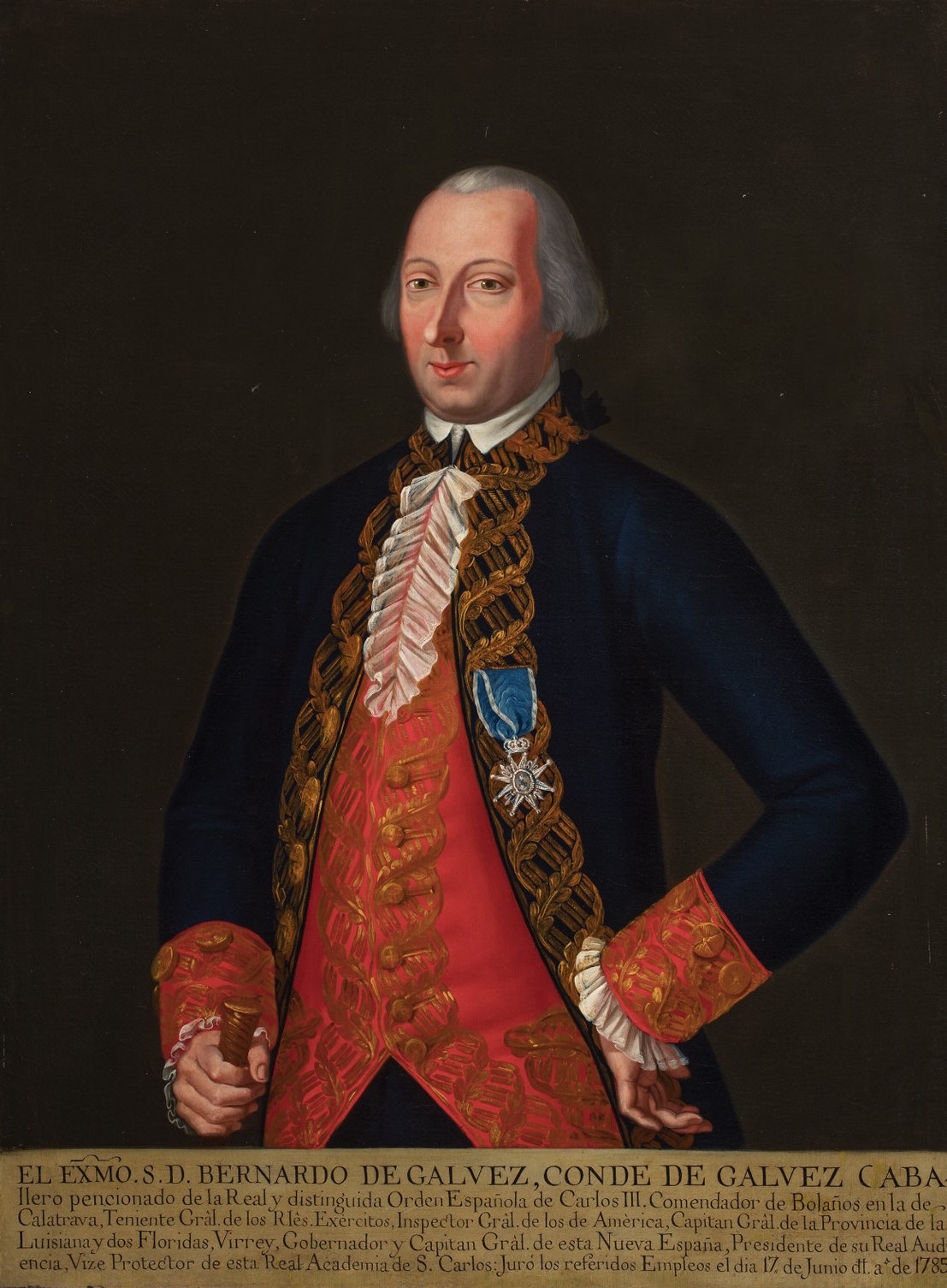
As Spanish governor of Louisiana, Bernardo de Gálvez turned the Gulf into a pressure point. He smuggled gunpowder up the Mississippi, then captured Baton Rouge, Natchez, Mobile, and Pensacola by 1781. Each win peeled away British posts, pulled redcoats south, and kept supplies flowing when northern armies were thin. His river columns and coastal pushes rarely headline American stories, yet they cracked a flank and steadied a fragile alliance. Strategy worked because logistics and audacity held the line together.
Nancy Hart
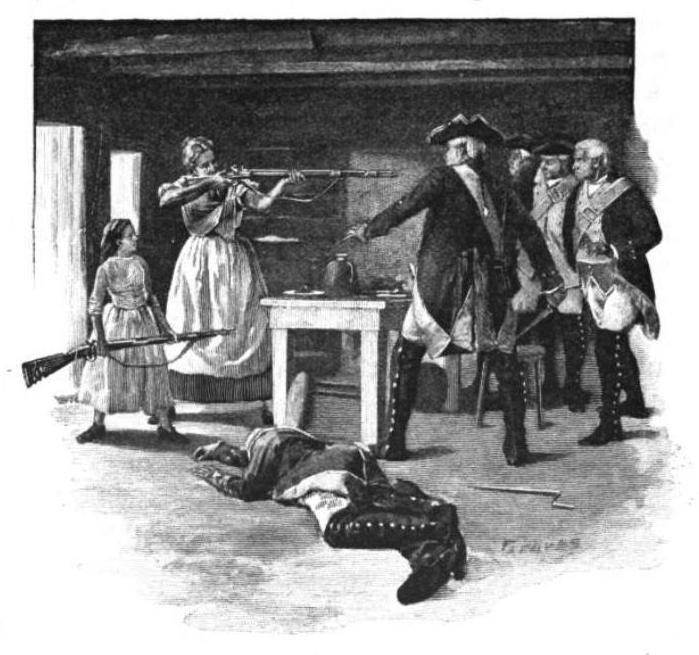
On the Georgia frontier, Nancy Hart built a reputation for grit and trickery against Tory raiders. One raid ended with Hart seizing a hidden rifle, disarming her captors, and holding them until help arrived, a tale echoed in multiple accounts. She also scouted and passed news through a countryside split by loyalty. Her story captures the close-quarters nature of the war, where cabins were outposts, kitchens became posts of call, and a clear head could turn fear into action.
Salem Poor
At Bunker Hill in June 1775, Salem Poor drew formal praise from officers and fellow soldiers for marked bravery. The position was lost, but the cost to the British proved the colonies could stand and bloody an assault. Poor’s service cuts through simple memory and places a Black patriot squarely at the birth of the fight. He shouldered the same smoke and iron as any man on the line and left a record that still pushes the story wider.
Deborah Sampson

Deborah Sampson enlisted in 1782 as Robert Shurtliff and served in a light infantry company. She marched, fought, and even treated a wound herself to keep her identity hidden. Illness ended the ruse, but she earned an honorable discharge and later a pension after advocates backed her claim. The facts are plain and sturdy. A farmhand from Massachusetts met the standard of the field, and the standard held. Resolve carried her past the gate that custom thought it guarded.
Haym Salomon
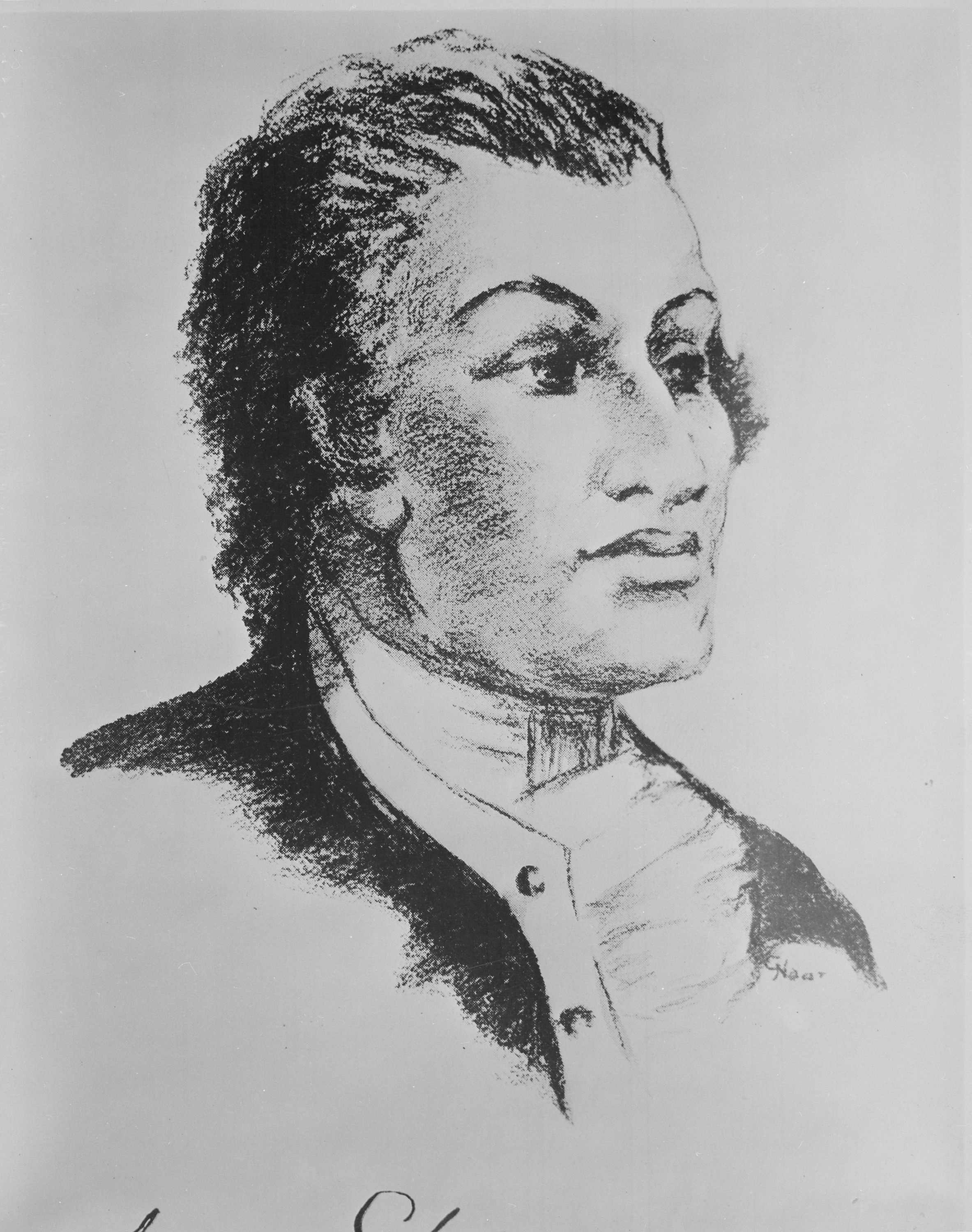
When credit frayed and paper sagged, Haym Salomon worked the ledgers in Philadelphia and New York, arranging loans and converting notes so regiments could eat and civil offices could function. The totals became legend, but the documented impact still runs deep in 1781 and 1782. Money at the right moment turns plans into movement, and Salomon’s network did that work. He stood where war meets arithmetic and kept confidence alive long enough for courage to finish the task.
John Glover and the Marbleheaders
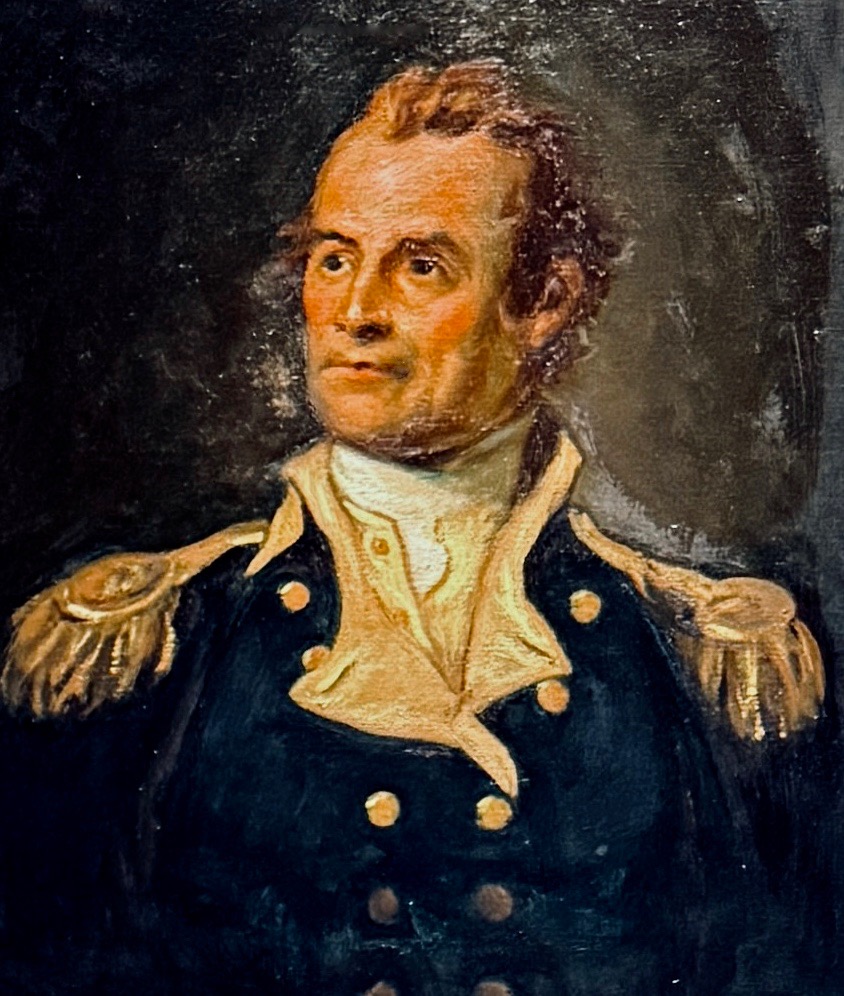
Col. John Glover’s Marblehead mariners gave the army time and surprise. They ferried Washington’s men off Long Island under fog in Aug. 1776, then rowed through ice on Dec. 25 across the Delaware toward Trenton. Tight crews, cold hands, exact timing. Seamanship turned disaster into escape and gamble into victory. Their oars cut a path that maps cannot show, a thin corridor between collapse and a second chance. Without those crossings, the winter story likely ends in silence.
Jack Jouett

Near midnight on June 3, 1781, Jack Jouett saw Tarleton’s dragoons moving to seize Virginia leaders. He spurred through brush and backroads to Monticello, then to Charlottesville, warning Jefferson and legislators to scatter before cavalry arrived. The ride saved a political core the British meant to decapitate. Jouett left little fanfare, but the consequence is clear. Leadership endured, planning continued, and a blow meant to stagger the cause landed light. Sometimes one hard night buys a season.

